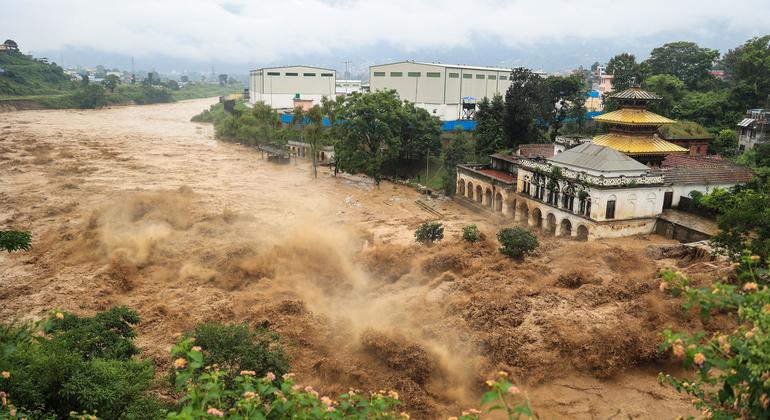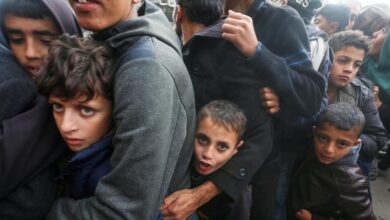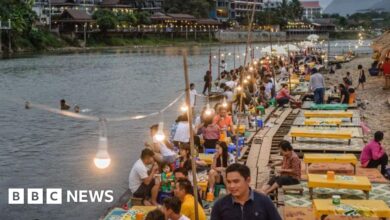Nepal: Hundreds of people died as ‘unprecedented’ flash floods hit the capital Kathmandu

Many of the deaths occurred in the capital Kathmandu, which saw the most intense rains in more than half a century. Hundreds of homes along with schools and hospitals were damaged and the southern part of the city remains flooded.
Rains that began on September 27 and lasted more than 72 hours also caused heavy damage outside the capital. 44 out of Nepal’s 77 districts were affected, many areas were isolated, roads and bridges were washed away, power lines and telecommunications networks were disrupted.
Security forces and volunteers have rescued about 4,500 people. It is estimated that more than 7,600 families were severely affected, many of whom lived in informal settlements that were swept away.
Furthermore, as water pumps, pipes and cropland are damaged, access to water, food and their affordability could become a major challenge in the coming days.
Concern for children
In response to the disaster, United Nations humanitarian teams, along with the Government and partners, quickly mobilized aid and assessed damage.
Emergency teams from the United Nations Children’s Fund (UNICEF), for example, is distributing vital supplies, including hygiene kits, water purification tablets, blankets and mosquito nets, a spokesperson said UN News.
Florine Bos, Communications Director of UNICEF Nepal, said the agency also set up a medical tent to temporarily replace a large hospital that was destroyed, capable of reaching 2,000 people for health care.
She also emphasized that children are at high risk of violence, abuse and exploitation, especially when many schools have to close after being damaged.
“We are very worried about children going to school. School is not only a place to learn but also a safe place for children to meet friends and have fun,” she said.
“We hope that schools will open soon,” she added.
‘Unprecedented disaster’
Azmat Ulla, head of the country office of the International Federation of Red Cross and Red Crescent Societies (IFRC) in Nepal, emphasized the unprecedented nature of the disaster.
Addressing the media at a briefing in Geneva via video link from Kathmandu, he said that access to essential resources, such as fresh water, will be a challenge in the coming days and once As floodwaters recede, there will be a threat of water and vector-borne diseases such as dengue fever.
“There are still many villages isolated because of impassable roads and broken bridges…Nepal Red Cross and IFRC have coordinated with local authorities to clean roads and reach people in need, and these efforts are making a difference,” Mr. Ulla said.

View of flooded areas in southern Kathmandu, the capital of Nepal, after heavy rain that lasted for several days across the country.
He added that while their teams are engaged in immediate relief efforts, the Red Cross is also preparing for the long-term recovery, including launching a humanitarian appeal. .
“As Nepal faces the growing threat of climate change, which causes disasters like this to increase, community preparedness will be key,” he said.




